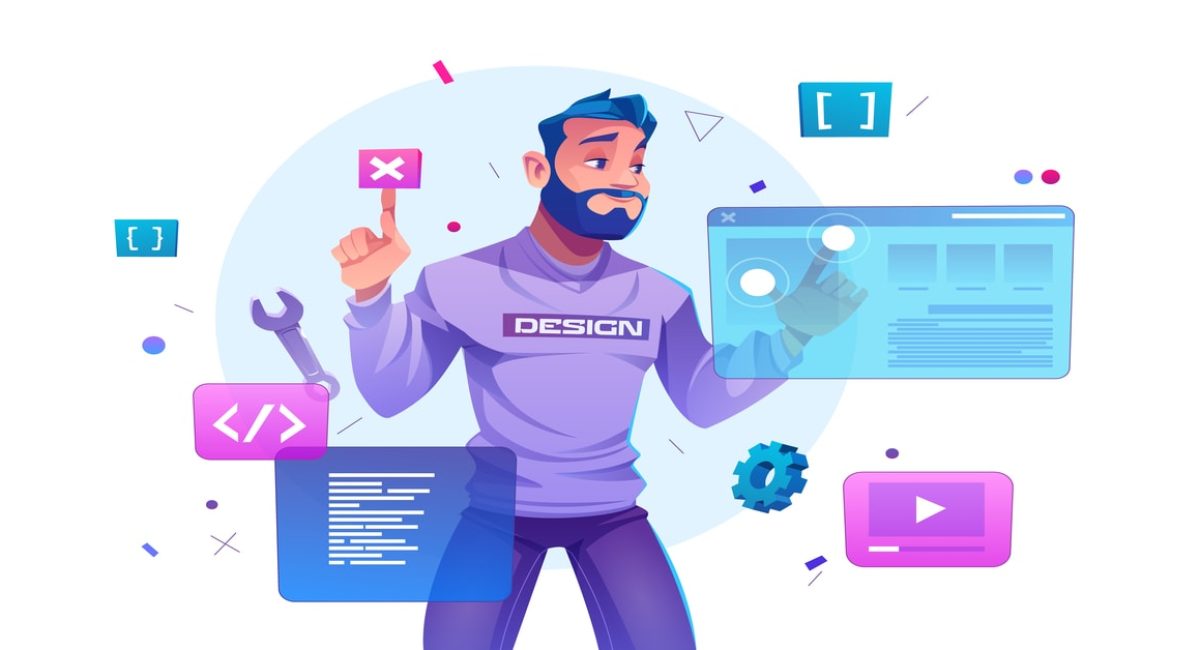A user agent is any piece of software designed to retrieve, render, and facilitate a user’s interaction with web content. These can include web browsers, web applications, media players, or certain plug-ins needed to allow a person to access a specific type of content and interact with it.
The most common user agent most consumers know to interact with are, of course, the browsers, like Google Chrome, Firefox, Opera, or even Internet Explorer. Below, you can access a quick rundown of why user agents are an important factor to consider when it comes to web design and development.
You might also be interested in WHAT IS A CMS? HOW IS IT USED IN WEB DESIGN?
How User Agents Work
When a person uses a browser to connect to a website, this action includes a user agent field in its HTTP header. Each browser will have a distinctive user agent, used as a way to let a web server know what type of software is used to access the web content.
But why would the server need to know that?
Well, different browsers and operating systems can behave differently, and because of that, it can cause some issues in how the user is able to access the content, leading to problems in user experiences. With the help of user agents which a browser sends out, the web server is able to show the web pages on different browsers, and different operating systems without issues.
Essentially, it’s how a server knows to show a mobile version of a website when the person is using a mobile device.
A user agent string on Chrome for Android, for instance, looks something like this:
Mozilla/5.0 (Linux; <Android Version>; <Build Tag etc.>) AppleWebKit/<WebKit Rev> (KHTML, like Gecko) Chrome/<Chrome Rev> Mobile Safari/<WebKit Rev>
Here’s a quick breakdown of the main elements of this string:
- Mozilla – used in most user agents to ensure all devices and browsers and compatible;
- WebKit – the rendering agent used by Chrome;
- KHTML like Gecko – an additional line used for compatibility purposes to ensure access to pages designed for Gecko, a rendering engine developed by Mozilla.
Thanks to this string, an Android phone can access a webpage or other web-based content without trouble, allowing the users to fulfil their informational, navigational, or other needs they may have.
Why Does It Matter?

Apart from being able to know what browser or OS the user has, the user agent string can also help when it comes to tracking a website’s traffic on Google Analytics or other such programs.
For example, it’s how you can tell if a majority of your target audience is using an iPhone when going on your site, which means you should consider optimising the mobile accessibility. If you’re a retailer that sells phones, you can use this information to send your audiences ads containing iPhone offers, but exclude them from Android ones.
What Does It Mean for Web Design and Development?
When you’re building a website, you likely want to make sure every single person can access your content, no matter what type of device, browser, or operating system they are using. Now, user agents can successfully identify these characteristics and deliver the user the type of data supported by their device, but what does that mean in terms of what you design and develop?
Creating different versions for all possible combinations? Far from it.
Most modern websites use server-side development to dynamically show data to users that allow them to take static templates built using different programming languages (such as HTML, CSS, and JavaScript), and dynamically updating the data as needed depending on who is accessing a page.
A web developer cannot control who visits a website, and what browser or OS they might be using, and not accounting for the variety of possibilities can lead to a lot of inconsistencies. It’s why you need to look into developer specialisation when you need to hire someone to build your site.
If you need a dynamic or responsive website, ideally, you’ll want to work with a full stack developer who can help develop both client or server software. Client-side development handles all the actions that take place on the client’s (or target customers) device, while server-side involves all actions that occur on a web server, and they can both enable the creation of dynamic websites.
For static websites, however, you may only need the help of a front end developer, since most statics sites can be created using HTML. Static sites are simple web pages usually just designed for informational purposes, such as for presenting a business, but they cannot handle more complex tasks.
Can AIAD Help?
Australian Internet Advertising is here to assist Sydney business owners with all their web development needs. Whether you need a site built from scratch or need some major improvements on the one you already have, our team can ensure your website meets the standards of the modern web and helps you reach your business goals.
Get in touch with us online to find out more about our services, or call our office at 1300 304 640, and let’s get started on your responsive site!




